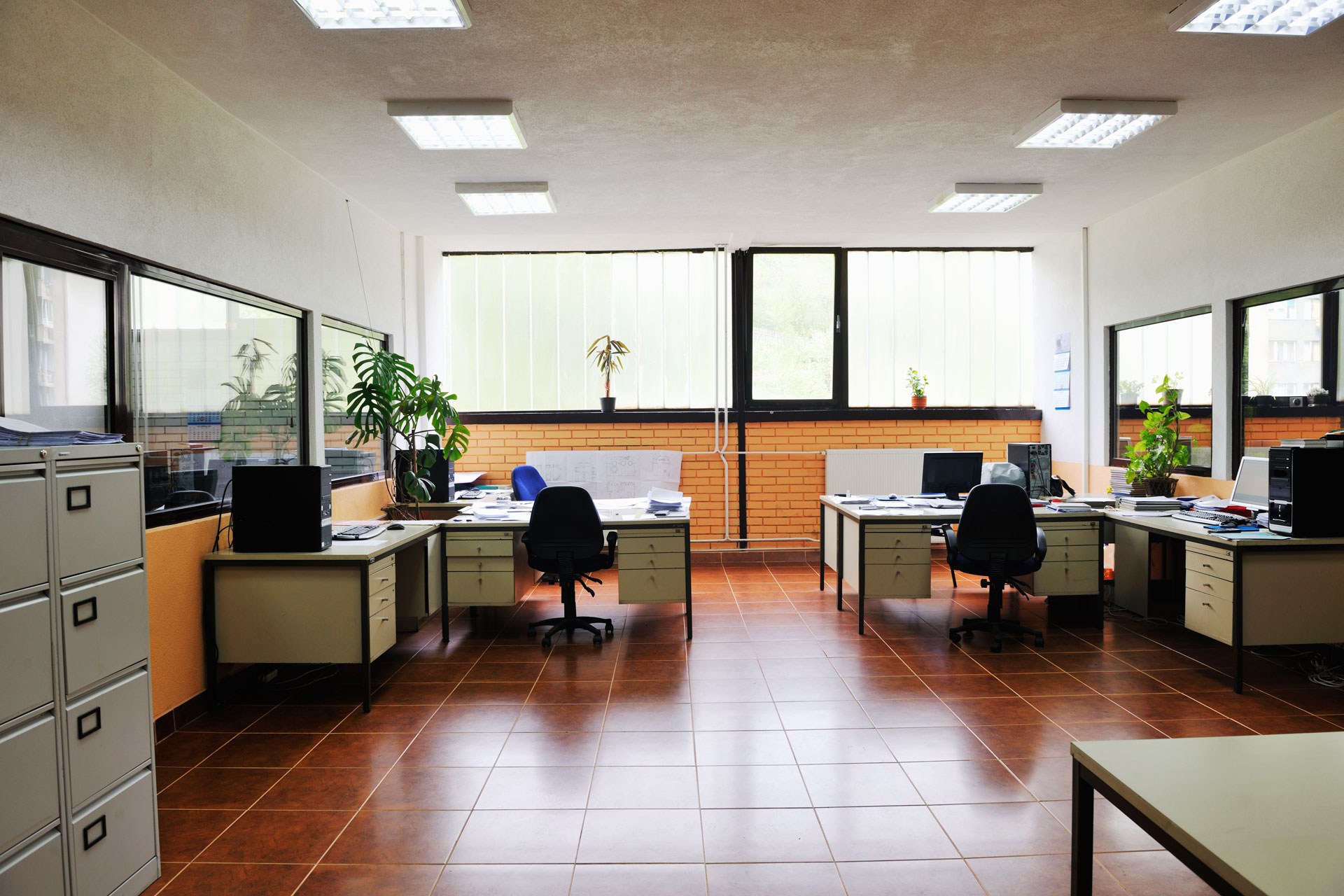
Optimizing your workspace for your health will optimize your workspace for your business. Workspaces have been slowly shrinking since the 90s. In 1992, the average workspace was about 80 square feet. Today the average workspace is 39 square feet, according to Jacobs and workspace construction company. Less space can mean more clutter and more discomfort. Optimization can improve both and be better for your overall health.
What’s The Deal With Smaller Workspaces?
There are several reasons why business owners are opting for smaller workspace designs. The first is that people spend less time in their workspaces. We live in a very mobile time where people are required to be in the office less. One of the other major players in trying to get more work out of the space a business has is simple dollars and cents. The more people that can be crammed into a space to get business done, the less overhead is required.
Of course, there are other more positive reasons, like reducing the size of corporate footprints to save on energy and reduce carbon footprints. In other words, less can be more when it is done right. Learning to optimize the space you have will ensure that you are taking care of your health (both mental and physical) and that business is conducted at the height of efficiency.
Clutter Control
It makes sense that we have smaller workstations today than we did in 1992. The 90s were really the start of electronic record management systems. Today, we do not generate the number of hardcopy files that we used to. A space for a filing cabinet or two is no longer necessary. Desktops are more compact. As a matter of fact, many companies do not even have desktops. They either utilize remote stations or laptops to conduct business. You get the idea. The spaces are smaller because we need less space to do business. However, if you have been in business for a while, you may have hung on to some of the old habits and have clutter concerns.
Clutter can be overwhelming. It can also cause you stress, which can affect your mental health. Additionally, clutter can be dangerous to your physical health, as the catalyst for a nasty slip and fall accident. Declutter by only keeping documents and other things in the space that is necessary for doing your job. Make a deal with yourself if you take something into your workspace area that you will return it the minute you are done with it.
Invest in shelving that can be hung to keep things off the floor. Lateral storage space is usually ample, make use of it. Make sure everything in your workspace has a “home”. Use organizers to the fullest.
Desk Options Can Help
It can be easy to get so deep into work that you forget to take a break or move around. It is estimated that less than 5% of adults do 30 minutes of activity each day. Additionally, it is estimated that only one out of three adults get the recommended 30 minutes of physical exercise every week. This can be very bad for your health but there is a solution.
An adjustable standing desk can help you to optimize your workspace for good health. You can lift the desk to stand for part of the day and lower the desk to sit for part of the day. There is a gender gap life expectancy that is shifting. Back in 1990, there was a seven-year difference between when men and women would die. Today that gap has been narrowed down to five years. As more and more women are in the workplace, the gap is seemingly to grow smaller and smaller. A large part of the problem is a sedimentary lifestyle. An adjustable desk can help.
Other Things You Can Do
Blue lights from devices have been shown to contribute to vision problems. You can buy “blue light glasses”, whether you have prescription lenses or not, to help protect your vision. Invest in a portable air filtration system to clean the air in your space. It can help to reduce allergens. Ergonomic seating can help with your physical health by taking some of the strain off your back.
Optimizing your workspace is good for your health and for your business. It is worth the effort to improve where and how you work.



